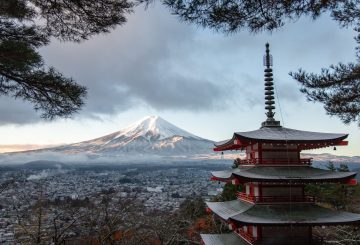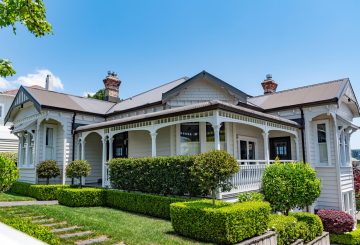퍼듀 대학교 (Purdue University) 의 최근 연구에 따르면 뉴질랜드는 행복을 얻는 데 있어 7번째로 비용이 많이 드는 나라이며, 연간 소득은 193,727달러 또는 114,597달러입니다.반면 2022년의 평균 가계 소득은 약 117,126달러였습니다.
이 대학교의 연구에서는 소득과 삶의 질 사이의 관계를 평가하여 전 세계 “행복 소득” 범위를 10만 달러에서 125,000달러로 정했습니다.이 최신 연구에서는 행복에 드는 비용을 기준으로 164개국의 순위를 매기고, 500개 이상의 도시를 대상으로 행복에 드는 비용을 더 세분화합니다.환전소 회사인 S Money는 이 대학교의 데이터를 사용하여 이 순위를 매겼습니다.
이 목록에서 호주는 뉴질랜드를 제치고 행복에 가장 비용이 많이 드는 국가 3위에 올랐습니다.브리즈번과 시드니와 같은 도시는 세계에서 물가가 가장 비싼 도시 상위 10위 안에 들었으며, 브리즈번의 행복비용은 225,511달러에 달했습니다.
저렴한 가격만 놓고 봤을 때 시에라리온은 연간 14,711달러로 만족감이 가장 저렴한 국가로 꼽혔습니다.또한 콜롬비아의 부카라망가는 연간 16,900달러에 불과하여 세계에서 가장 가성비가 좋은 도시입니다.
뉴질랜드에서 오클랜드는 행복에 가장 비용이 많이 드는 도시로 연간 207,000달러가 필요합니다.한편, 이번 조사에서 가장 저렴한 뉴질랜드 도시인 크라이스트처치는 연간 18만 달러를 요구한다.
행복과 생활비 사이에는 연관성이 있지만, ‘불행’을 막기 위해 필요한 금액도 매우 중요합니다.이란은 세계에서 행복을 얻는 데 가장 비용이 많이 드는 국가로 알려져 있으며, 평균 소득은 현저히 낮지만 비용은 239,700달러로 책정되어 있습니다.
게다가 돈으로 진정으로 행복을 살 수 있는지에 대한 오랜 논쟁은 계속되고 있습니다.하버드 심리학과에 따르면 부와 기쁨 사이의 관계는 미미합니다.그럼에도 불구하고 휴일은 행복을 추구하는 사람들에게 중요한 투자로 간주됩니다.하버드 대학교 대니얼 T. 길버트 교수는 휴가를 기대하는 즐거움이 실제 경험을 능가하는 경우가 많다고 말합니다.작고 잦은 여행은 크고 호화로운 몇 번의 여행보다 더 큰 행복을 가져다 준다고 믿어집니다
.






























































